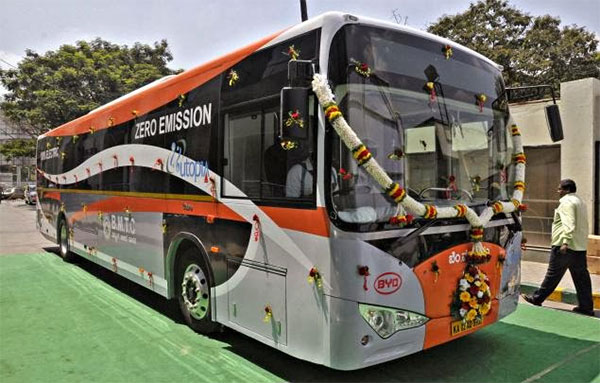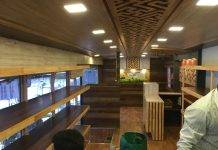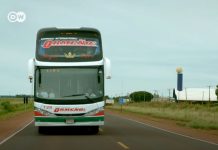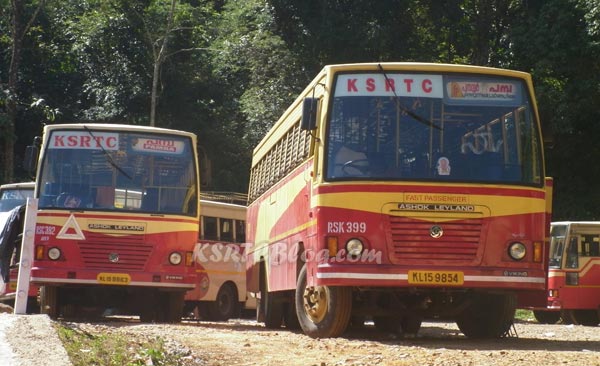
Kerala State Road Transport Corporation (KSRTC) today is running at a whopping loss of Rs 55 Cr per month, Transport and Power Minister Aryadan Mohammed told the Assembly on 04 August 2012. He made it clear that unless there was sufficient funding from the government, the service sector boosted through the operations of KSRTC in the state will face a severe crisis (Source)
Even the Kerala High Court on 04 August 2014 issued a comment stating that the KSRTC should be shut down. it also noted “Why have this service which is of now of no use to the common man”. The Judge C K Abdul Rahim also observed that if KSRTC is shut down, it will not affect the society in anyway, only a minister will lose portfolio (Source)
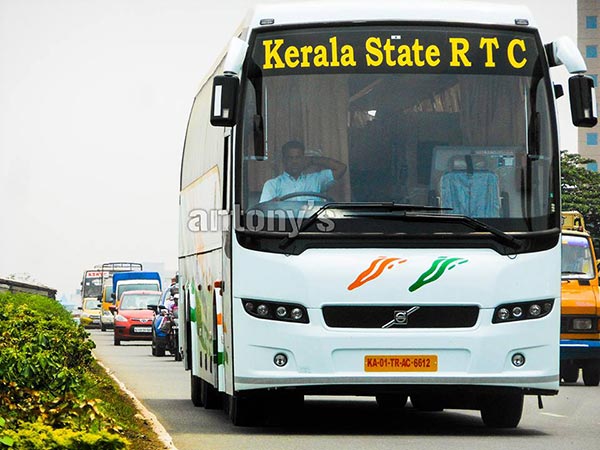
More than the pollution level the cost of Diesel is very high and such electric buses have been tested before too but no action was taken to implement these buses in the fleet. But in this case there is hope that the electric bus will run on a trial basis for three months after which it will be a regular feature on Bangalore roads. The bus has zero emission levels, operates on a battery that lasts five hours and can cover a distance of 250 km. This would mean in 5 hours it will save 25 Ltrs of Diesel. Thus 25 ltrs x Rs 62 per ltr for Diesel = Rs 1,550 and if the Bus runs for 15 hours by way of periodic charging of 15 minutes at all major bus stops then it could save Rs 4,650 in a single day.
Thus in 30 days one bus can save Rs 1,39,500 (30days x Rs 4,650). Meaning each bus can pay not only for the Driver and conductor but also for the servicing cost of the bus and profit for the organization.
5,673 buses x Rs 1,39,500 = Rs 79,13,83,500.
Meaning it will save Rs 79 Cr every month. And in one year KSRTC will earn (x 12 = ) Rs 9,49,66,02,000. The KSRTC corporation will become the richest company in the Kerala with earnings of Rs 949.66 Cr anually and thus the employees could earn rich Bonuses.Loans for buying such buses can be procured easily from local banks like Canara Bank who had recently funded the Kochi Metro.
The Driver Ramaswamy feels that it is much better than driving regular buses and he feels very proud to drive the first electric bus,” said bus driver Ramaswamy. There is also much less vibration and noise thus higher passenger and tourist comfort.
Fitted with CCTV cameras, the bus also has a disabled-friendly design. But these buses don’t come cheap. Bangalore transport corporation is hoping to get financial aid from the state government in the months to come.
One of the major reasons that it is expensive is that the Bus is fitted with air-conditioner and has huge windows. If both of these are done away then not only could it double the range but also be far lighter. The windows need not be as huge. Not all buses in India are Air-conditoned. This is so to keep the prices down. Thus if there is no AC and the size of the window is reduced to normal State Transport size windows the range of the bus could easily top 400kms. This kind of frugal engineering can be used to make the buses cheaper and lighter in weight.
Other than rising diesel prices and 15yr old chassis KSTRC buses are also famous for not stopping at important stops to pick up passengers. GPS installation can be introduced to detect those buses not stoping at its stops and cases of over speeding or unnecessary stoppages or idling easily solve such “not-stoping-at-stops” problems. The vigilance officers need not loose their jobs, these officers can easily sit in offices in front of computers and track each buses using the technology to catch the culprits. These viligance officers can also double up in keeping an eye on the in-bus cameras to check if any bombs are being placed or luggage left behind and alert the bus driver/conductor in time.
We hope KSRTC (Both Kerala and Karnataka) will not only convert all thier buses to electric but double its fleet by introducing new lightweight locally built electric buses (with AC and without AC) and thus become the richest company in each state. Not only will it improve the working conditions of the drivers and vigilance officers it will also improve the comfort level of its passengers and tourist. Thus KSRTC (Kerala) instead of operating at a loss of Rs 660 Cr yearly, could save Rs 949 Cr earning a net profit of Rs 289 Cr yearly. If KSRTC doubles its buses to 10,000 the 949 Cr will double to 1,898 Cr annually. This would make KSRTC the richest company in KERALA and each employee the richest employee in India!Lal Salam… let there be a change!
Article by Johnson on http://www.pluginindia.com/

